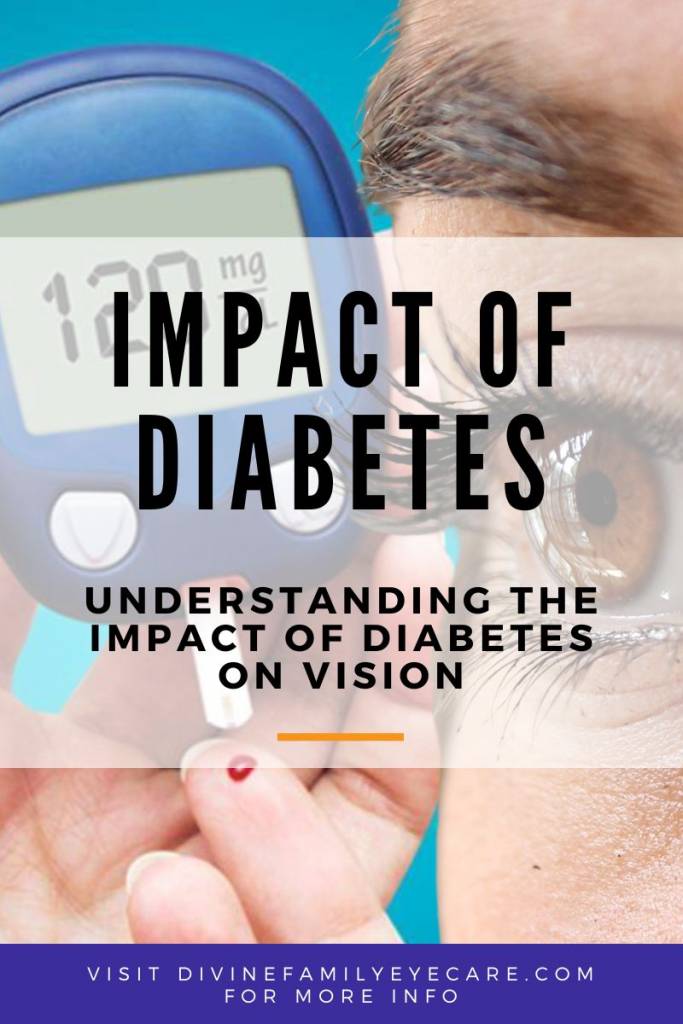
1. Diabetic Retinopathy: The Silent Threat
Diabetic retinopathy is the most common diabetic eye disease and a leading cause of blindness in adults. It occurs when high blood sugar levels damage the tiny blood vessels in the retina, the light-sensitive tissue at the back of the eye. This damage can lead to bleeding in the eye, swelling, and can cause the vessels to close off. In worse cases, abnormal new blood vessels grow on the retina’s surface, which can lead to serious vision problems. The frightening aspect of diabetic retinopathy is that it can develop without any early symptoms; however, it can be managed effectively with early detection through regular eye exams.
2. Cataracts and Diabetes: More Than Just an Age Issue
While cataracts are commonly associated with aging, people with diabetes tend to develop cataracts at a younger age and the condition progresses more rapidly. Cataracts cause the lens of your eye to cloud, obstructing clear vision. High blood sugar levels can cause the lens to swell, altering its clarity and function. Controlling blood sugar levels is crucial in delaying the onset and progression of cataracts, emphasizing the importance of maintaining optimal diabetes management.
3. Early Onset of Blurred Vision in Diabetics
Blurred vision can be one of the first signs that someone with diabetes might notice. This condition can occur suddenly and is directly linked to fluctuating blood sugar levels. High blood sugar causes the lens of the eye to swell, which temporarily changes your ability to see. Fortunately, this form of blurred vision is often reversible. Managing your blood sugar levels can help minimize the incidence of such fluctuations, thereby preserving your vision and reducing episodes of blurred sight.
Managing Diabetes for Better Vision Health
Managing diabetes is critical not only for your overall health but also for maintaining good vision. Regular eye check-ups are essential, as they allow for early detection and treatment of problems before they lead to severe damage. Here are some additional tips:
– Keep your blood sugar levels under tight control to help reduce the risk of ocular complications.
– Monitor your blood pressure and cholesterol levels, as these can also impact your eye health.
– Quit smoking if you smoke, as smoking can exacerbate diabetes-related eye conditions.
– Be vigilant about changes in your vision and consult your eye doctor if you notice any significant changes.
Diabetes demands diligent management and a proactive approach to health. By understanding the risks and taking the necessary steps to prevent them, you can protect your eyes and maintain clear vision. Remember, regular appointments with your eye care professional can go a long way in preventing the serious consequences of diabetes-related eye diseases.
Stay informed, stay healthy, and keep seeing the beauty of the world around you. If you found this information helpful, share it with friends or family who might also benefit from these insights, and leave a comment below if you have any questions or additional tips!

Add Comment